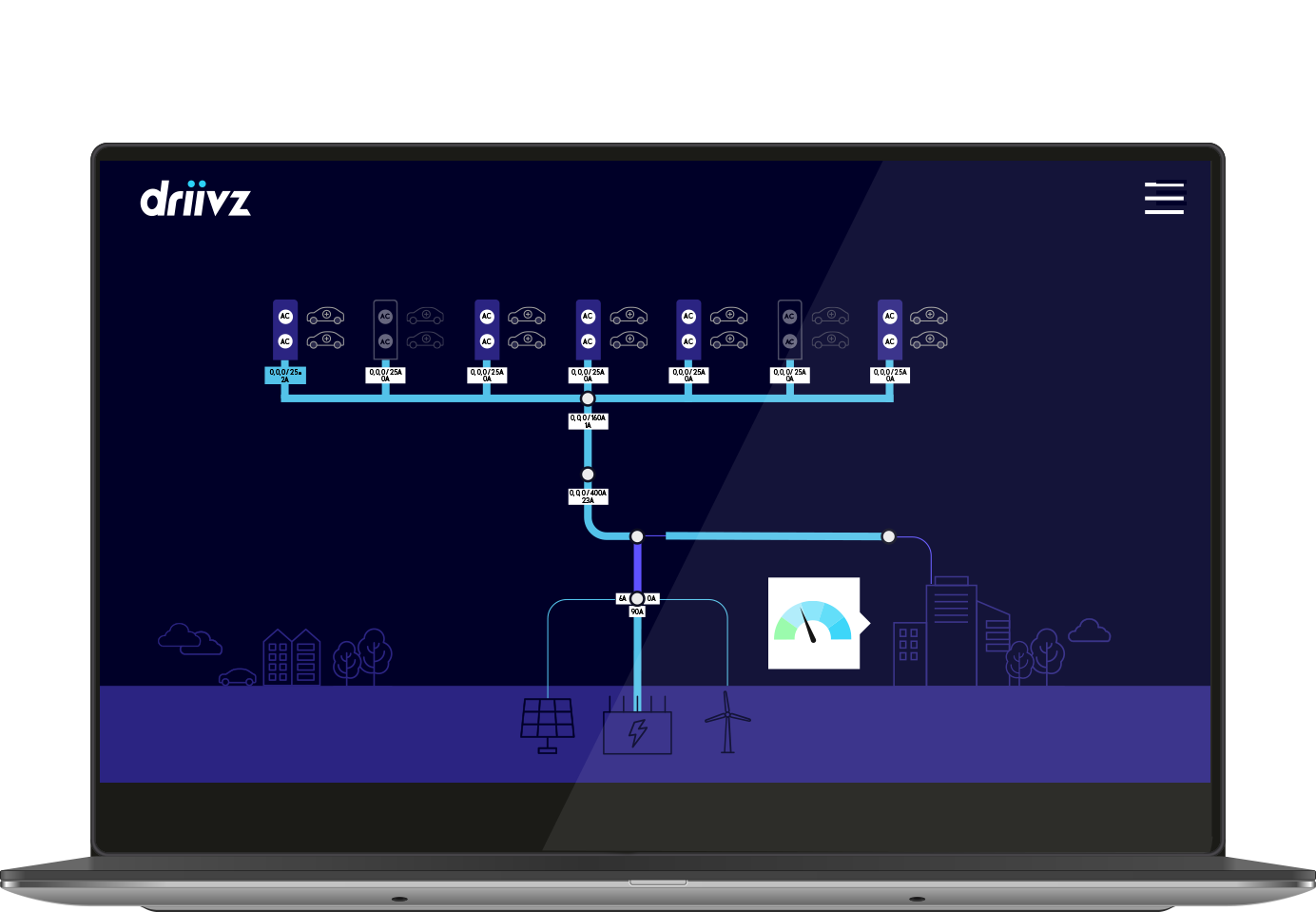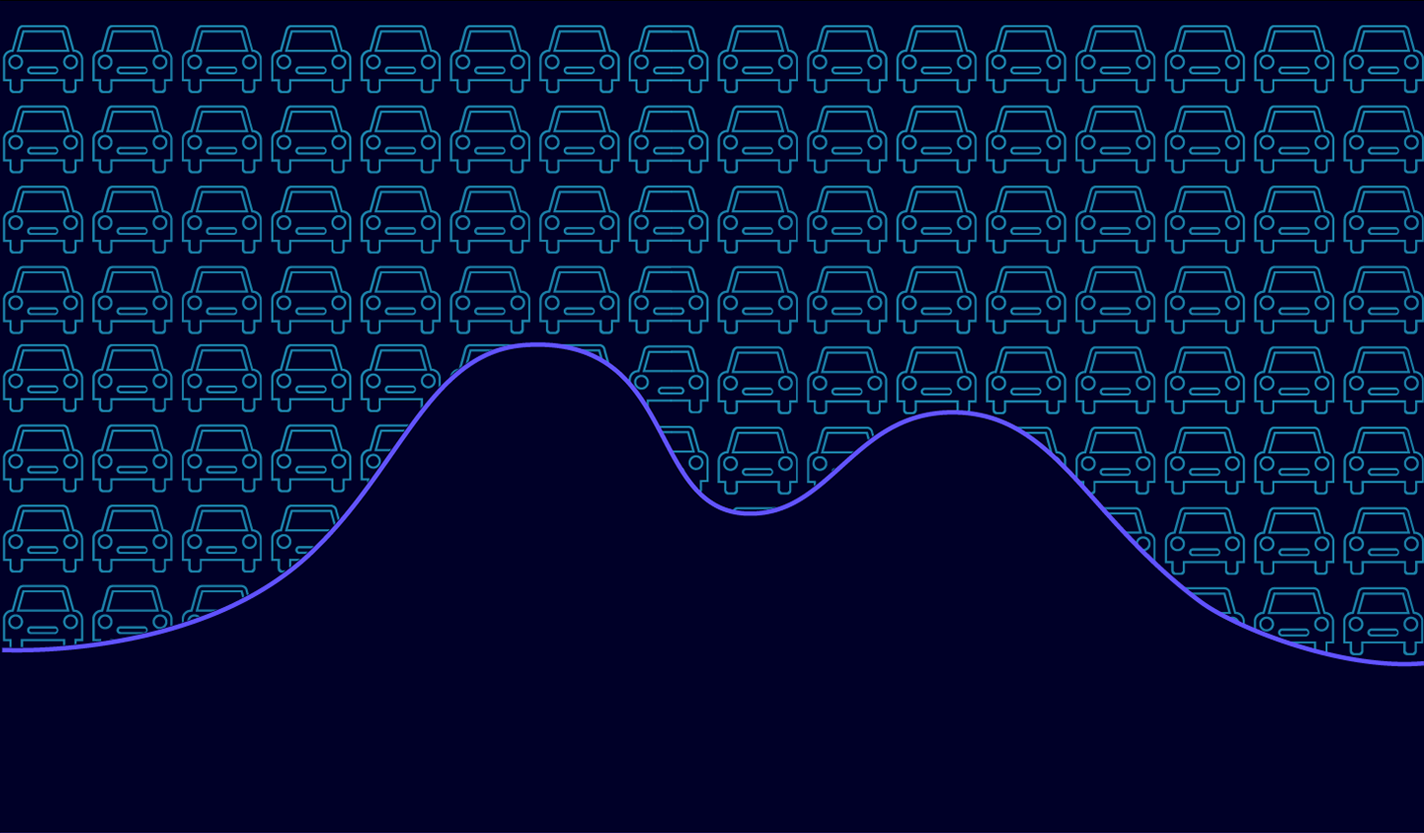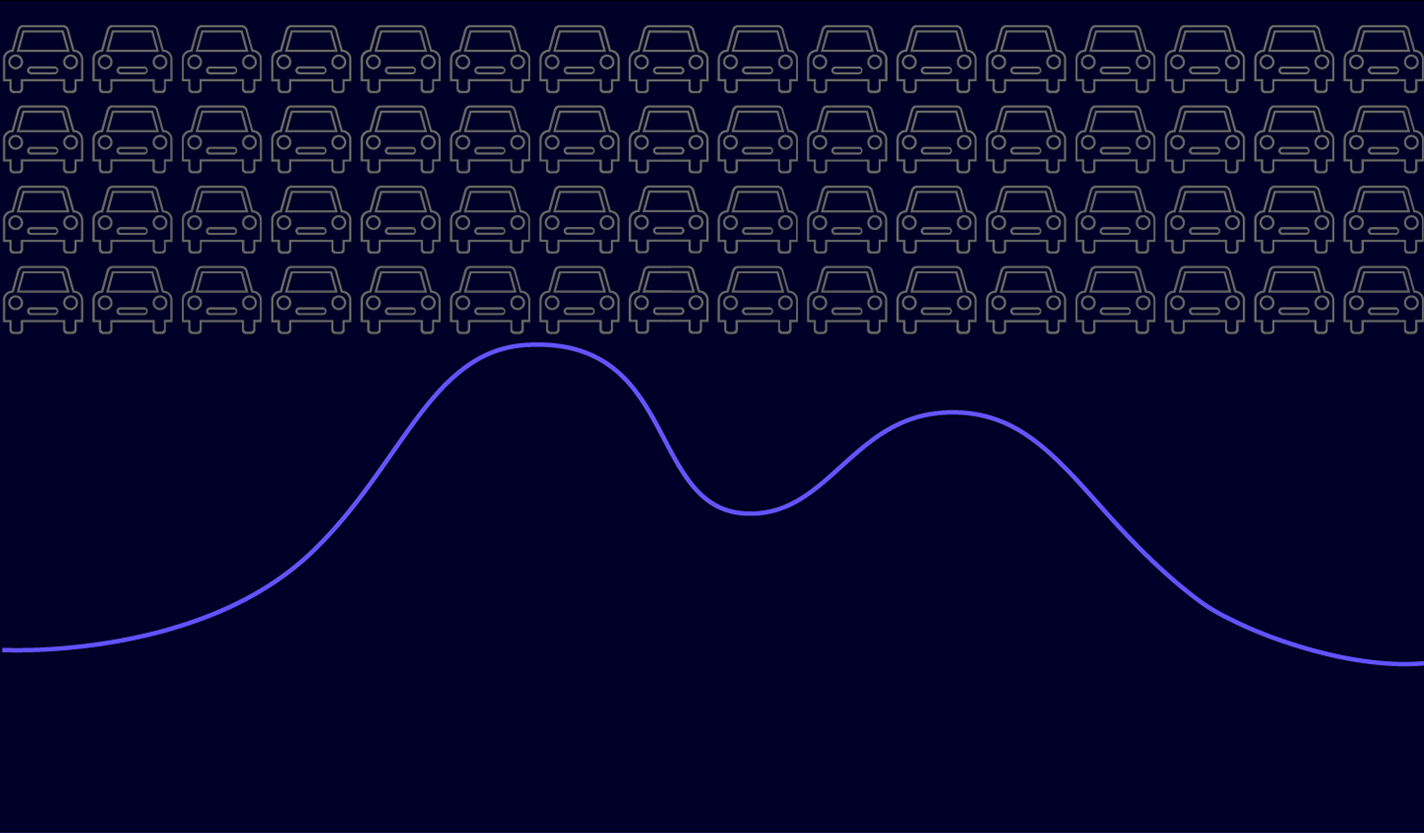Local grids may have limited capacity when supporting the additional energy required for EV charging on top of the existing load.
In an unmanaged EV charging environment, only a limited number of vehicles can be charged over the peak load, and businesses that exceed the maximum capacity could be subject to high fees and fines.
According to recent research, the growth in EV sales worldwide is expected to boost demand for charging points, with up to 74 million installed by 2030. McKinsey Research believes that unmanaged, substation peak-load increases from EV-charging power demand will eventually push local transformers beyond their capacity, requiring expensive infrastructure upgrades.
The Driivz™ SmartChain™ Energy Manager plays a critical role in reliably charging EVs using intelligence that ensures the safe delivery of power to EVs without compromising on delivering electricity to offices and homes.
Optimizing the charging infrastructure by efficiently distributing the available power, SmartChain Energy Manager shifts charging loads based on dynamic grid and renewable supplies, preconfigured policies and the needs of vehicle owners. In other words, it ensures that the right amount of energy gets to the right resource at the right time.
Why do you need it?
The overall amount of energy generated by utility companies is finite. Increasing the generation power during peak times is very expensive.
Smart EV charging solutions can balance the demand for energy throughout the day and automatically reduce energy directed to EVs during peak periods. In addition, they can direct energy for local storage when energy prices are at their lowest, and can even enable you to reduce your company’s maximum capacity — saving you tens of thousands of Euros annually.

How does it work?
Driivz SmartChain Energy Manager is a software module that is based on advanced algorithms for energy management and demand response (DR).
It performs near real-time load balancing for single chargers, sites with multiple chargers, sites with locally supplied energy from renewable sources and local storage, and complete campuses spanning multiple sites. It lets you monitor, manage, and adjust energy consumption according to business requirements and priorities specified by the fleet manager/driver. The level of power supplied to chargers and energy utilization is visually displayed and can be adjusted according to EV and site requirements.






